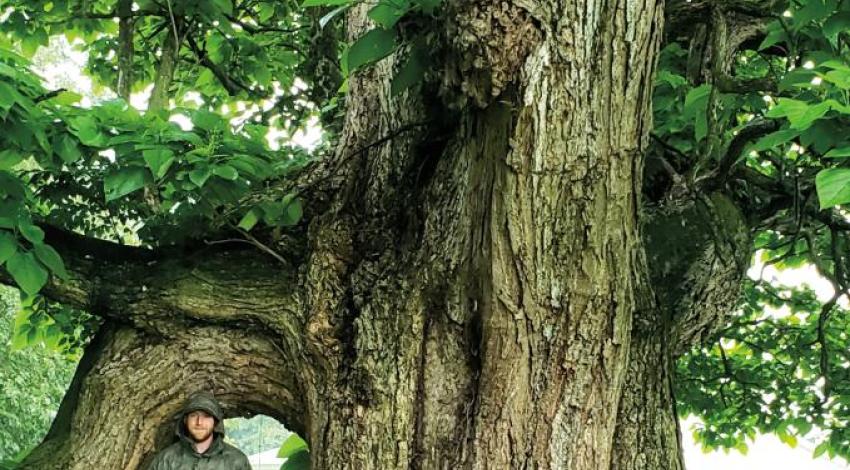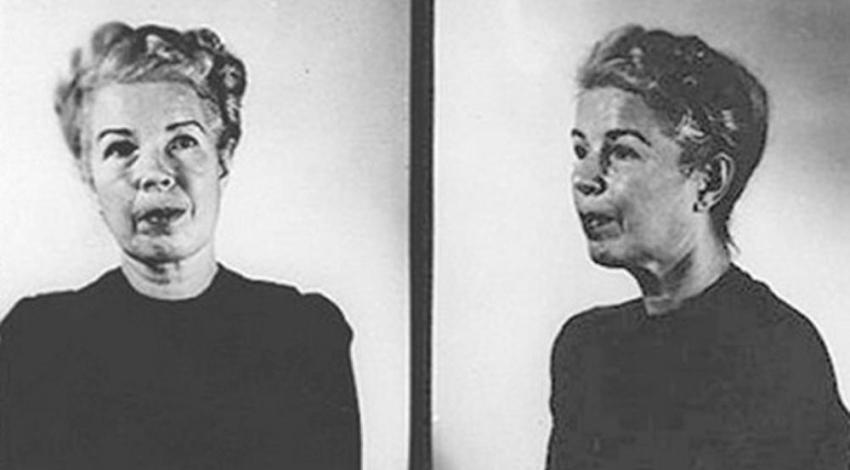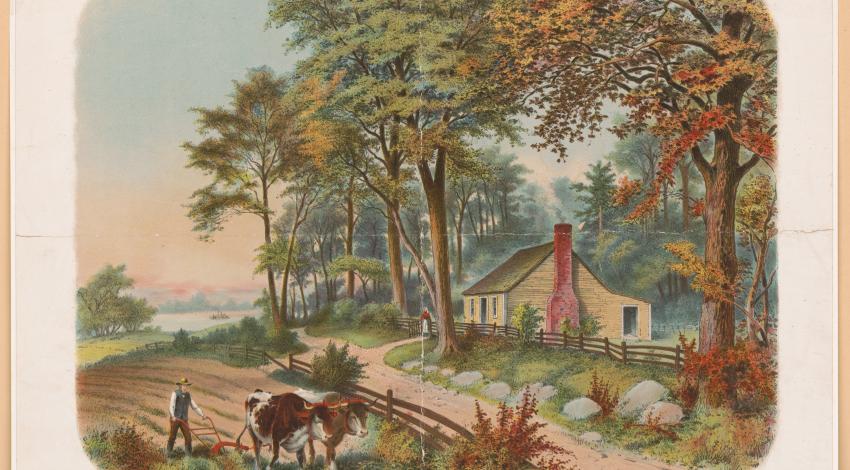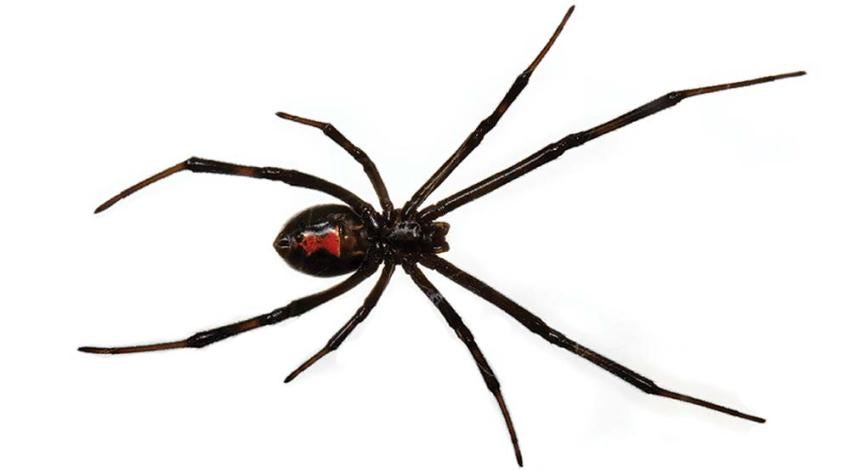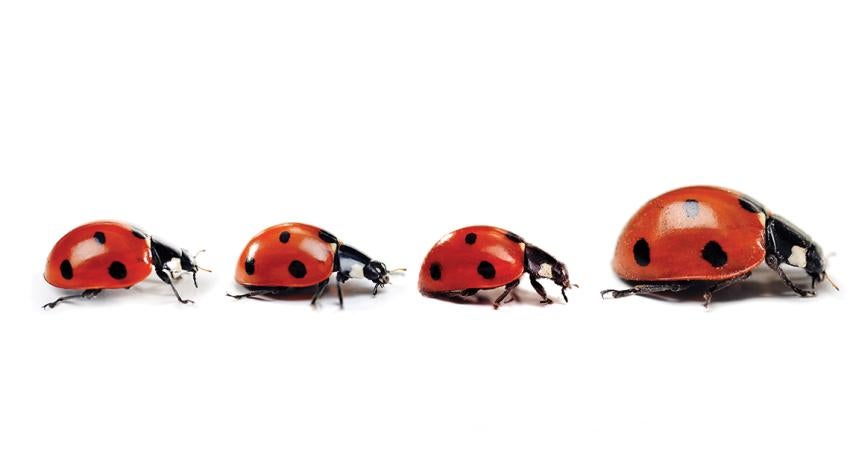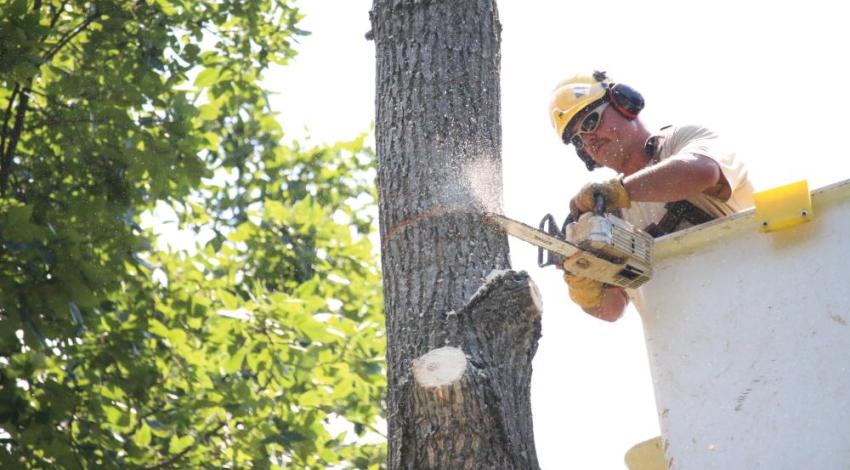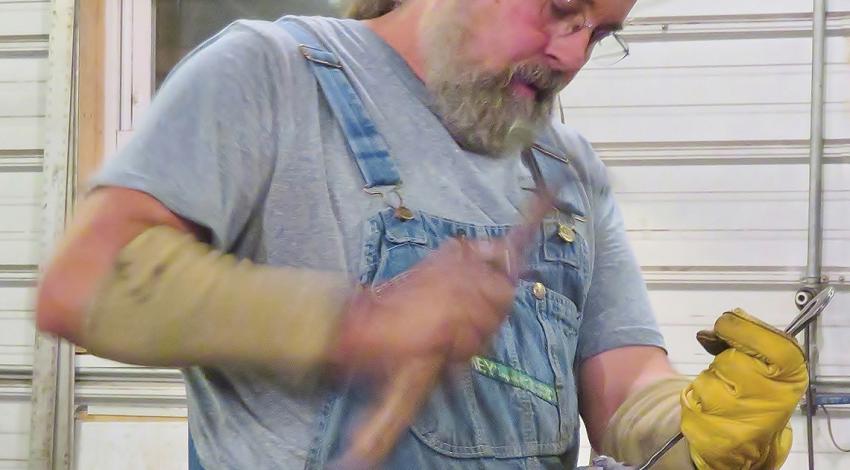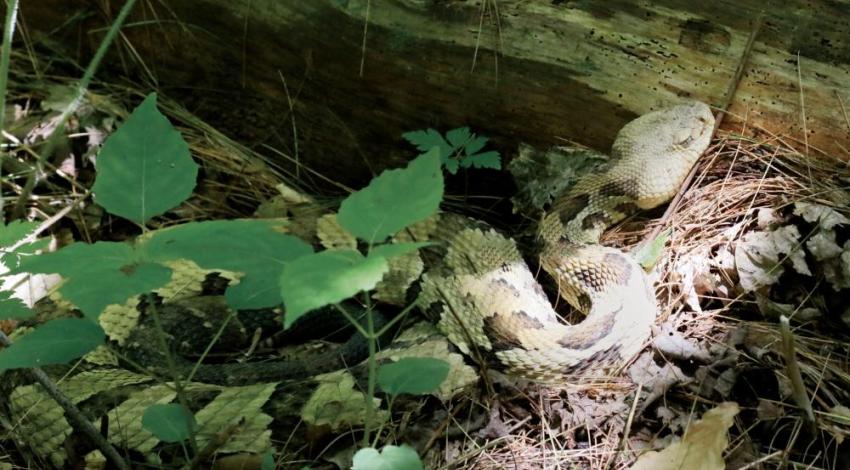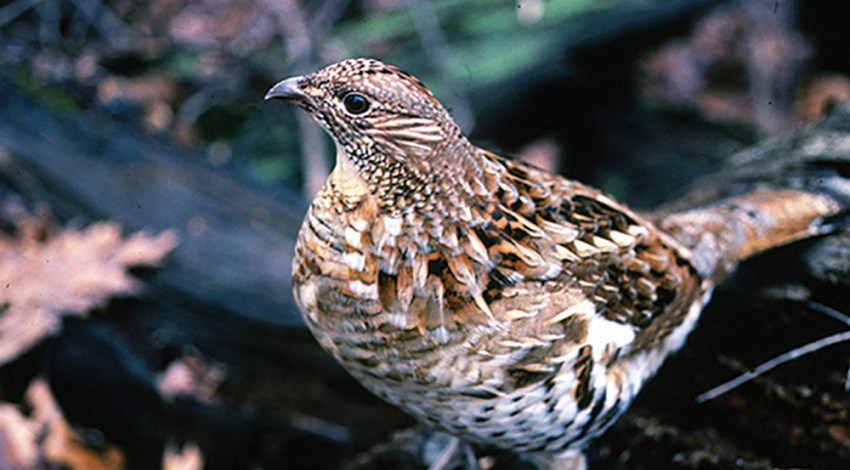It’s the dog days of summer, when the air is close and sultry and the heat oppressive. The nasally drone of insects that go sight unseen comes at you, swarming, rising and falling, lapping like waves that come and go off a lake shore.
More than 2,400 species of fireflies exist around the globe, including about two dozen that make a home in Ohio. Fireflies, or lightning bugs as some people call them, are not flies at all, but beetles characterized by heavily armored shells over wings.
When they take to the wing, they move about as though they carry a heavy load; speed through the air is not a defense mechanism. Heck, they advertise their whereabouts, from just above the grass to chest-high to weaving through the treetops, for any would-be predator to swoop in and make them a snack.

